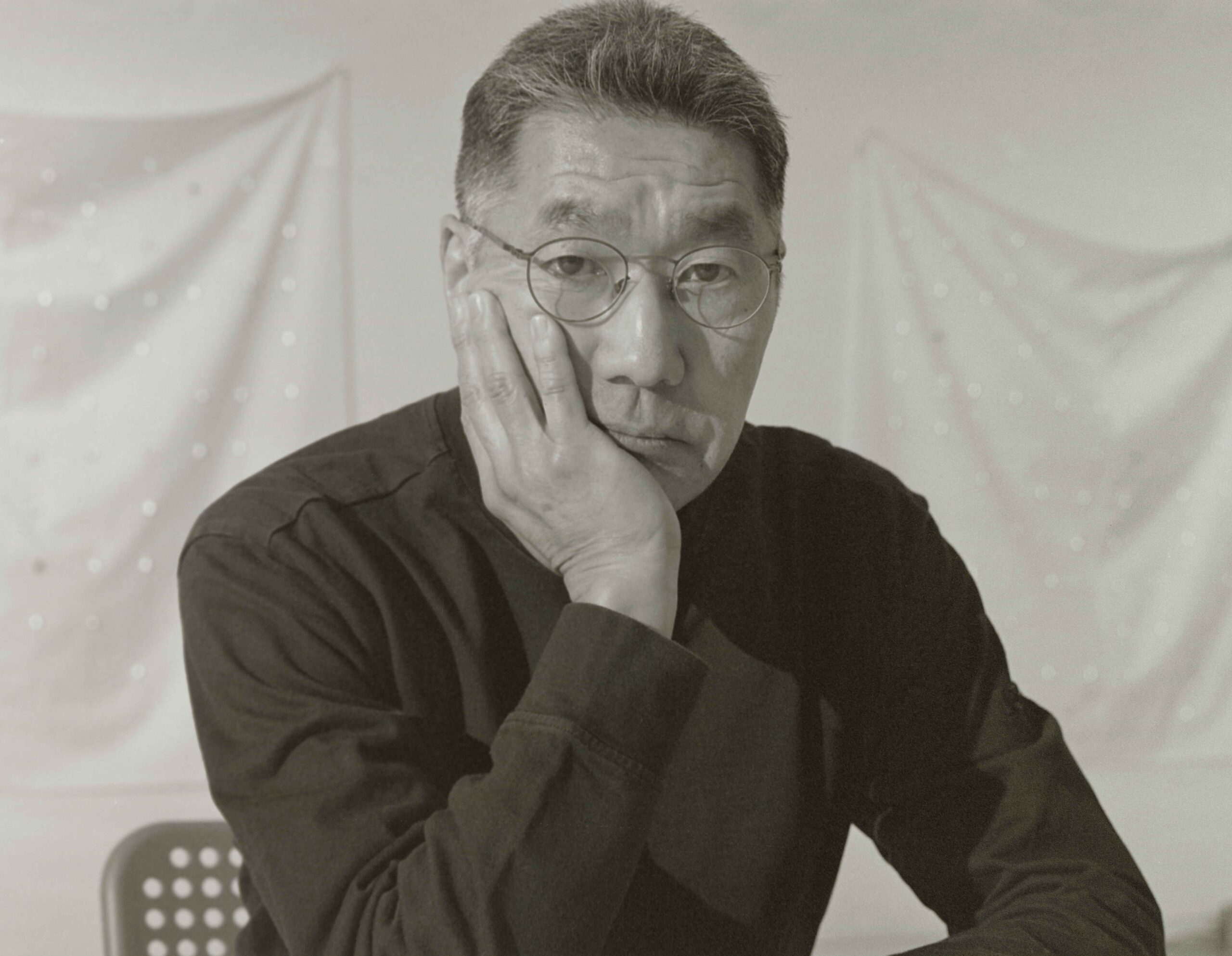Tatsuo Miyajima’s commanding installations bring cutting-edge technology together with ancient philosophies. His works challenge key concepts that are woven throughout contemporary life, from time to mortality and the nourishment of the human spirit. While they reflect on traditional practices such as Buddhism, his pieces feel future facing, often drenching rooms in richly saturated blue or red light and employing LED screens.
Since the 1980s, Miyajima’s works have captured the rapid speed of contemporary technological development and the impact that this has on the world and our relation to one another. For his early performance and video pieces, the artist stood and yelled in busy Tokyo shopping areas. He hoped to shock the surrounding crowds, and observed their subsequent movements, as they often quickly diverted away from him. He also began to experiment with the Junk Art movement, utilising used goods and garbage for gallery installations. He was drawn to the mechanics of the pieces he collected, later streamlining to LED when he moved to a small studio space in Tokyo, Japan in 1987.
Many Lives, his spring solo exhibition at Lisson Gallery in New York (on show until 19 April), delves into the cycle of life and death through four new series: Many Lives, Changing Life with Changing Circumstance, MUL.APIN’, and Hundred Changes in Life. Together, these pieces explore the Japanese concept of Seimei, which encompasses life, being and consciousness. Some works play with his repeated countdown format, showing full colour LEDs in a constant cycle of nine to one that evoke a rhythmic rebirth over and over. Shifting colours, speeds and patterns across the works speak to the experience of individuality within a larger, interconnected structure.
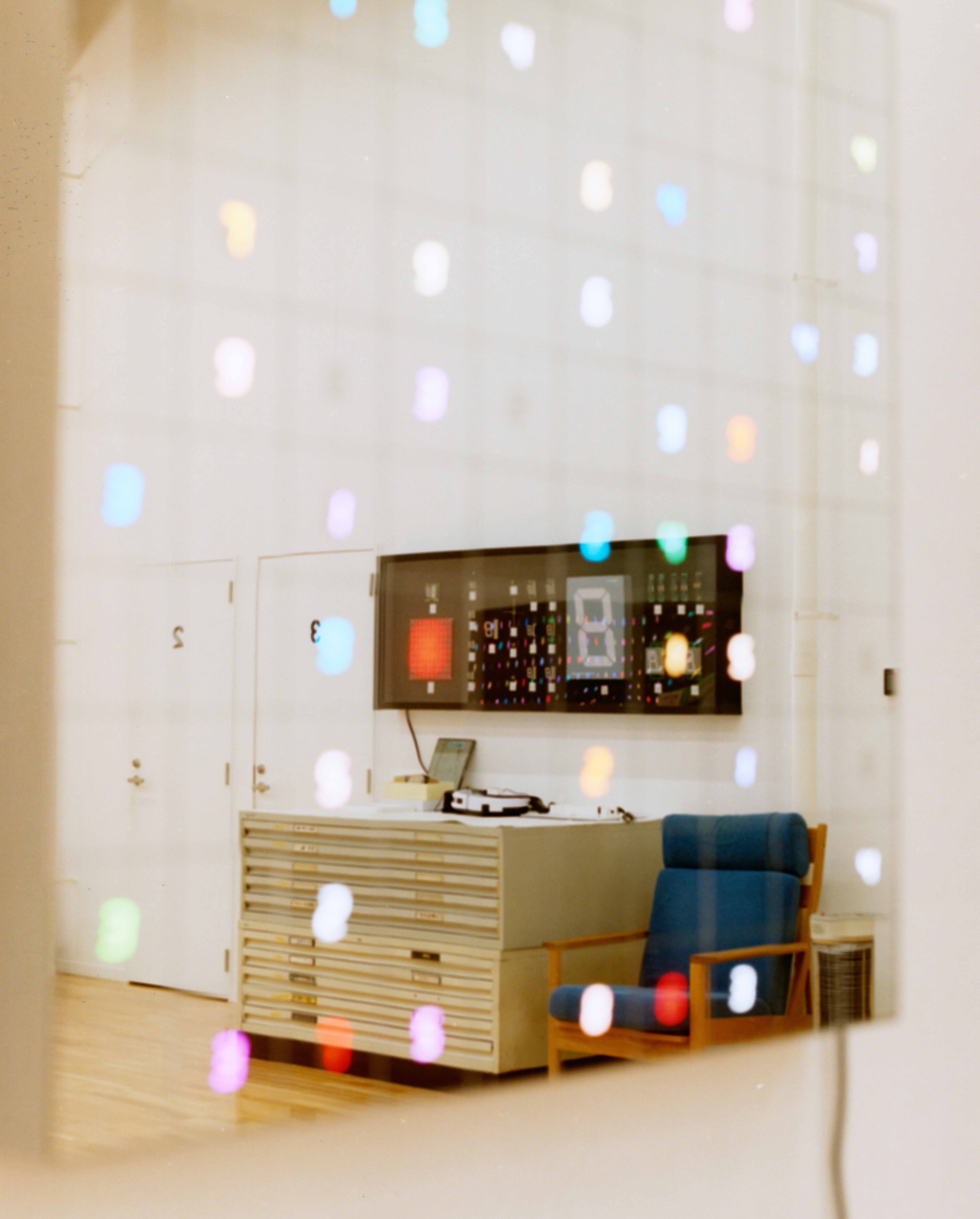
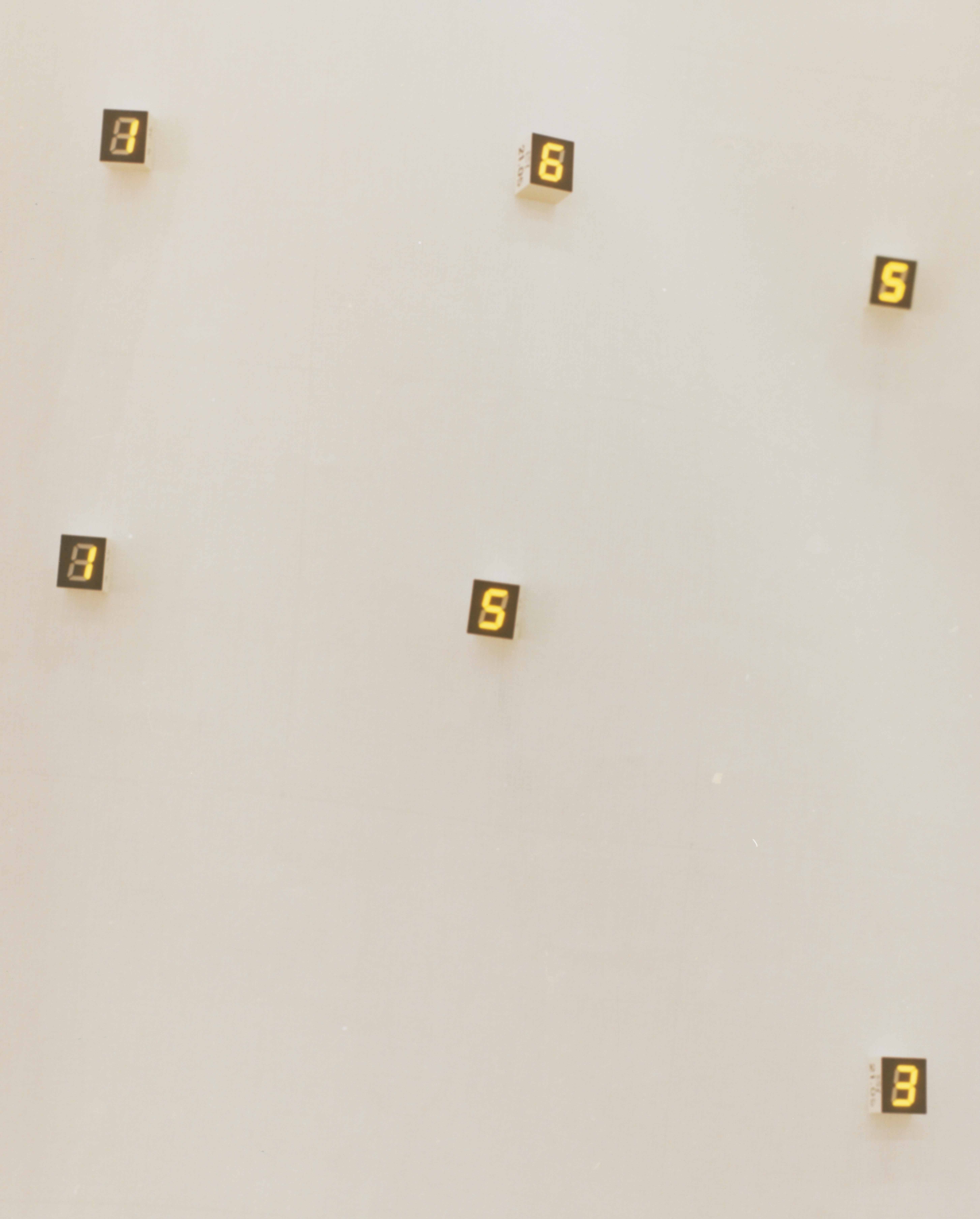
Humans go about their day by eating and sleeping. For me, Buddhism and philosophy are ancient traditions and histories, but I believe they are still extremely important for nurturing the human heart and spirit in the Modern World. Another thing is that technology, for modern humans, is as essential as eating and sleeping—an inseparable part of daily life. Both elements are indispensable to me. However, many people now are uninterested in religion or philosophy, living with their hearts and spirits undernourished while relying on cutting-edge technology. From my perspective, this seems no different from living as an animal.
It can be found everywhere but it all depends on our awareness. Great art brings awareness to people. It makes them realise the spirituality, philosophy and potential that lies dormant within themselves. That’s why art is so important for humanity.
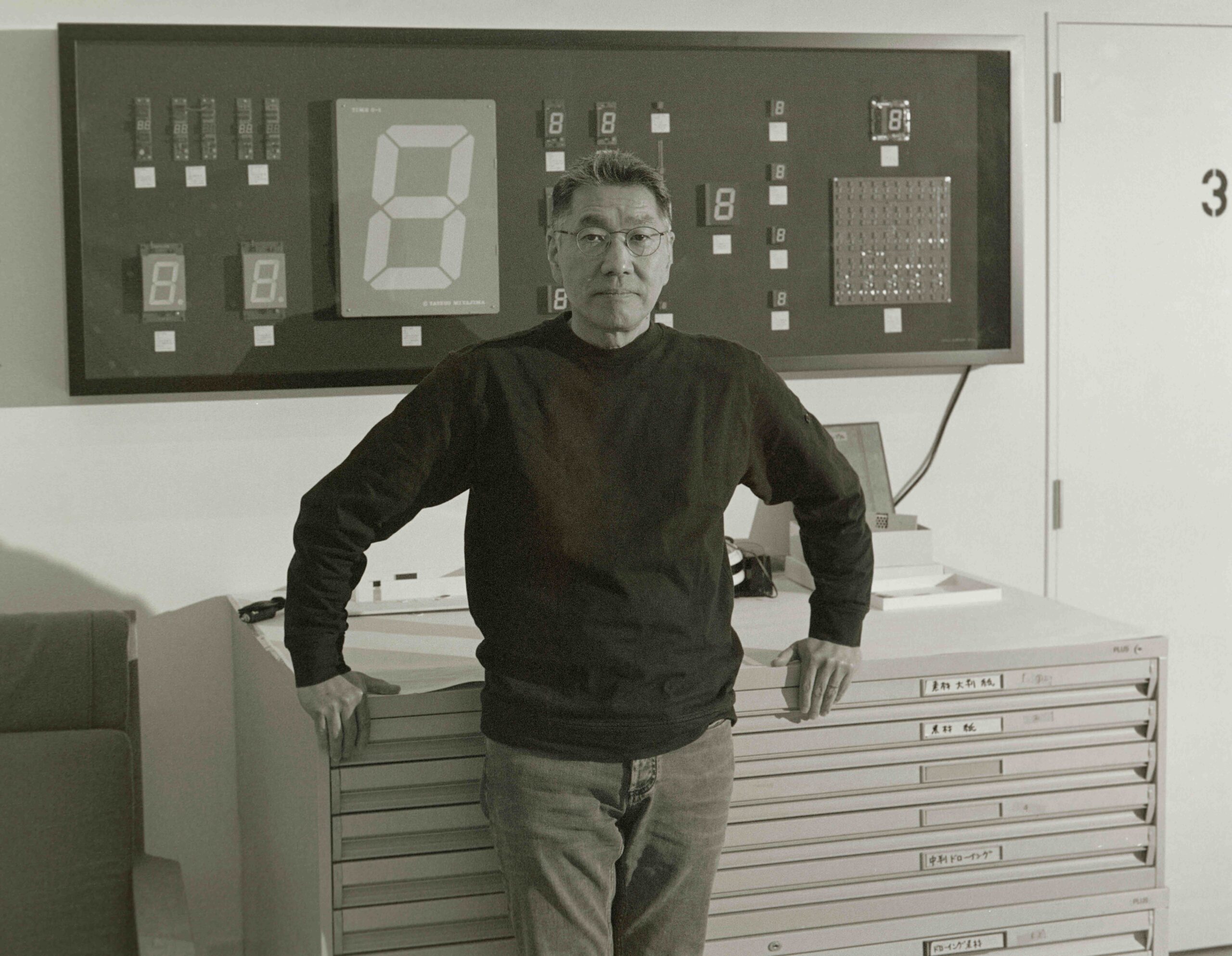
Where did time originate from? What has been revealed in recent physics and cognitive science is that ‘time’ was not something that originally existed, but rather a concept that was born when humans became conscious of it. Humans began to be aware of ‘time’ when they were confronted with ‘death.’ In contemplating death, humans arrived at the concept of ‘irreversible time.’ Recent developments in technology have been astonishing. Now, through the internet, we can instantly travel to the past and, like time travellers, soar into the future. Furthermore, with advances in medical technology, human life expectancy has dramatically increased, and with robotics and genetic technology, we are likely to reach the realm of immortality. If this happens, it will take death away from humans, and even time will lose its meaning. In other words, unless we control technology with our spirit, time itself will eventually disappear.
Of course, the absence of time—or death—would mean ceasing to be human, which is extremely dangerous. We must not forget the lesson we learned from our inability to control the atomic bomb. Before time—or death—disappears, humanity must learn to control these forces. However, to control technology, which has become so vast, our spirit and mind must be even greater. That is why, through art, I address the importance of spirituality and philosophy.
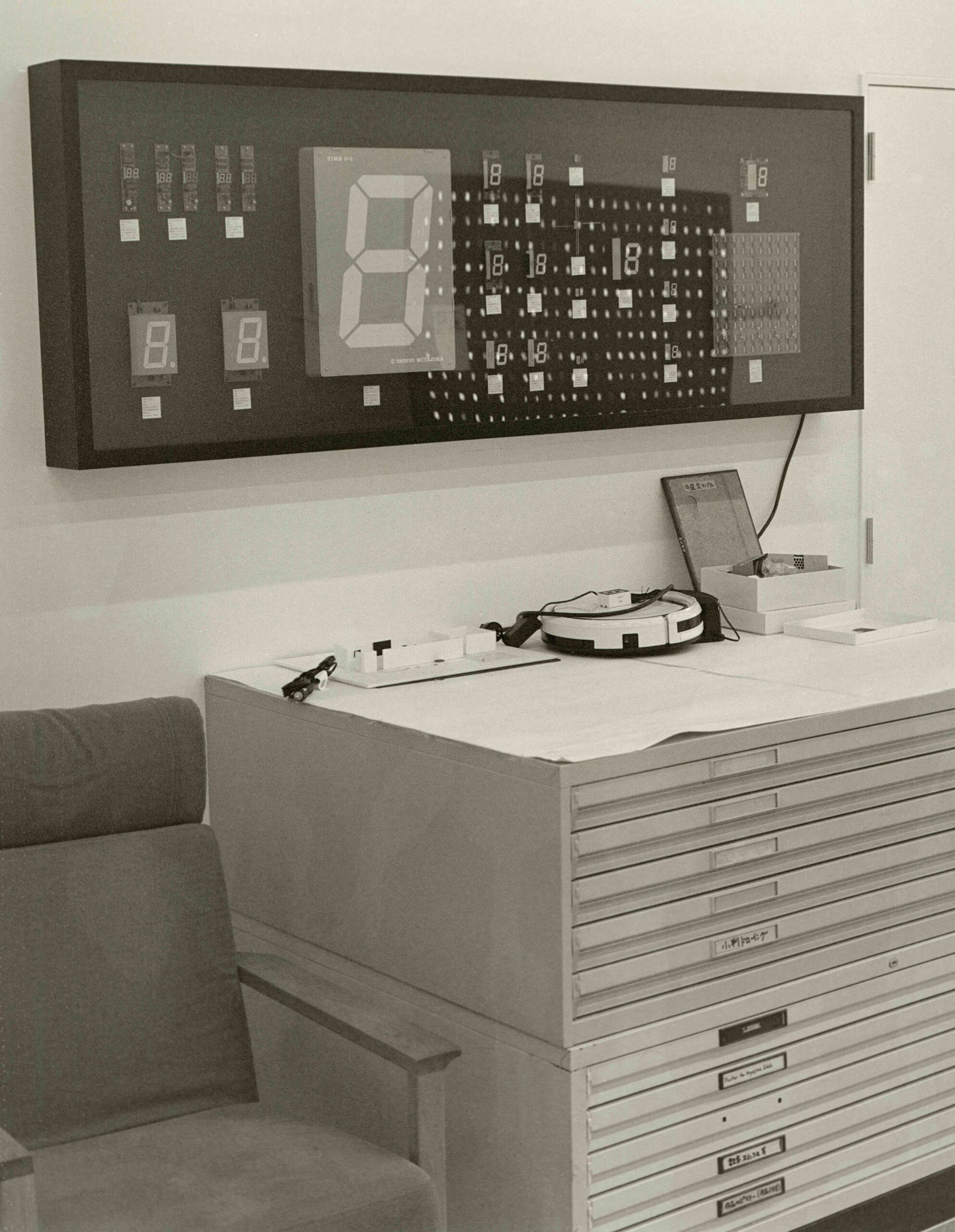
My early performances had a clear concept: nature and artificiality. Here, ‘nature’ refers not only to the literal natural world but also to the city, other people, and everything external to me. My performances involved taking action in relation to this ‘nature’ and revealing the dynamics of that relationship. The conclusion I reached through this exploration was that every action I take as a living being in relation to the world is artificiality, which equals art. From this experience, I came to understand that what is alive and moving is real, and that is what defines art. That is why I became committed to expressions involving movement and life, leading me to create works that incorporate technology to achieve this movement.
The works I created using scrap materials in the 1980s were an attempt to translate the conviction I gained from my performances into ‘moving objects.’ The use of scrap materials was largely driven by cost considerations. Additionally, it was connected to a certain sense of nostalgia. However, by later eliminating nostalgia from my work, I was able to present my concept more clearly. This shift led me to use LED numbers because I felt they could more explicitly embody the three core concepts I had established: keep changing, connect with everything, and continue forever.

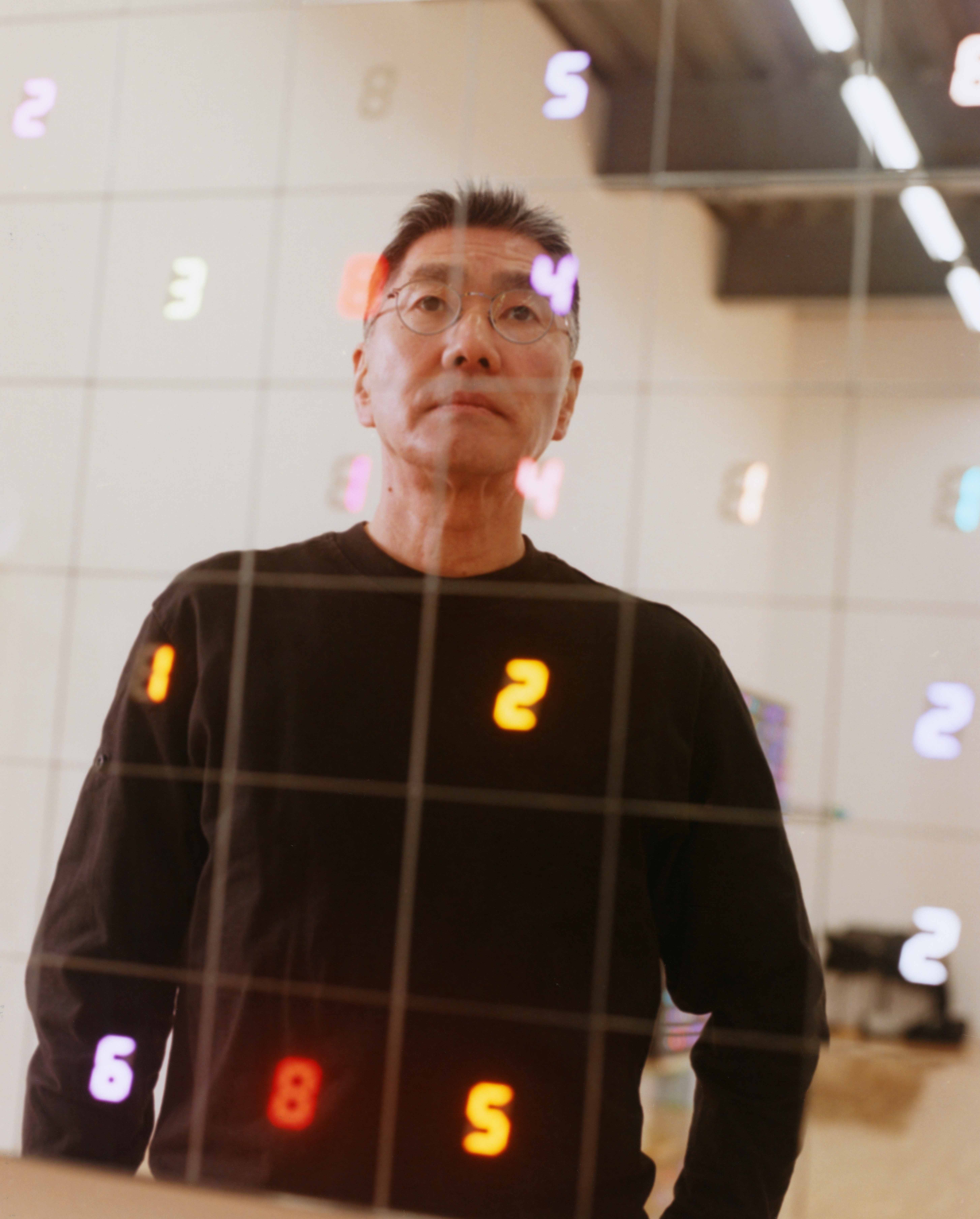
I have no intention of imposing the concept of the artwork on the audience. I believe that art should be freely interpreted, and it should never provide a ‘correct answer.’ That being said, what I want to emphasise in this concept is, as always, the countdown that repeats, but with the addition of the LEDs changing to various colours and the variation in the speeds of the countdown. In Buddhism, the concept of Samsara is taught, where ‘Seimei’ is said to be reborn in various forms after death. The different colours represent the various forms of ‘Seimei.’ Additionally, the varying speeds symbolise the individual timelines of each unique ‘Seimei.’ What I wanted to express was how these individual ‘Seimei’ come together to form a greater world, resonating with one another.
The exponential increase in information about such systems is fortunate for us. It transcends time, space, language, and culture, crossing even national and religious boundaries. Whether we are consciously aware of it or not, the undeniable truth is that we are all interconnected. In fact, I believe that making people feel this connection is the role of art.
